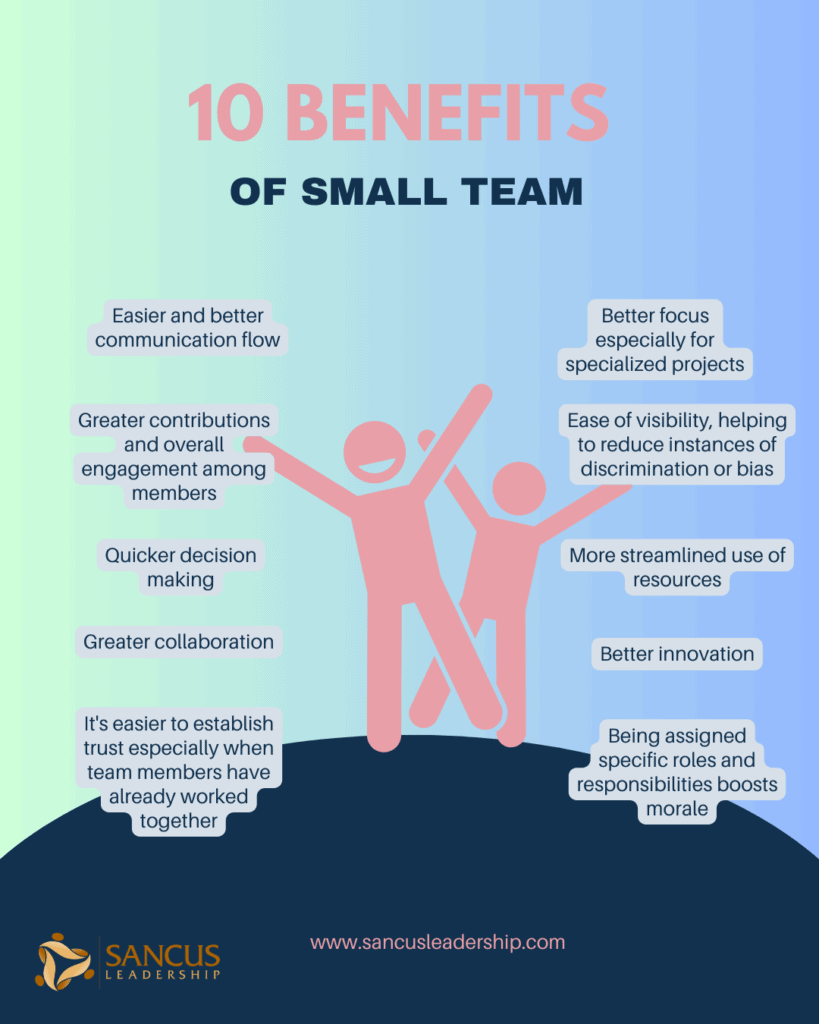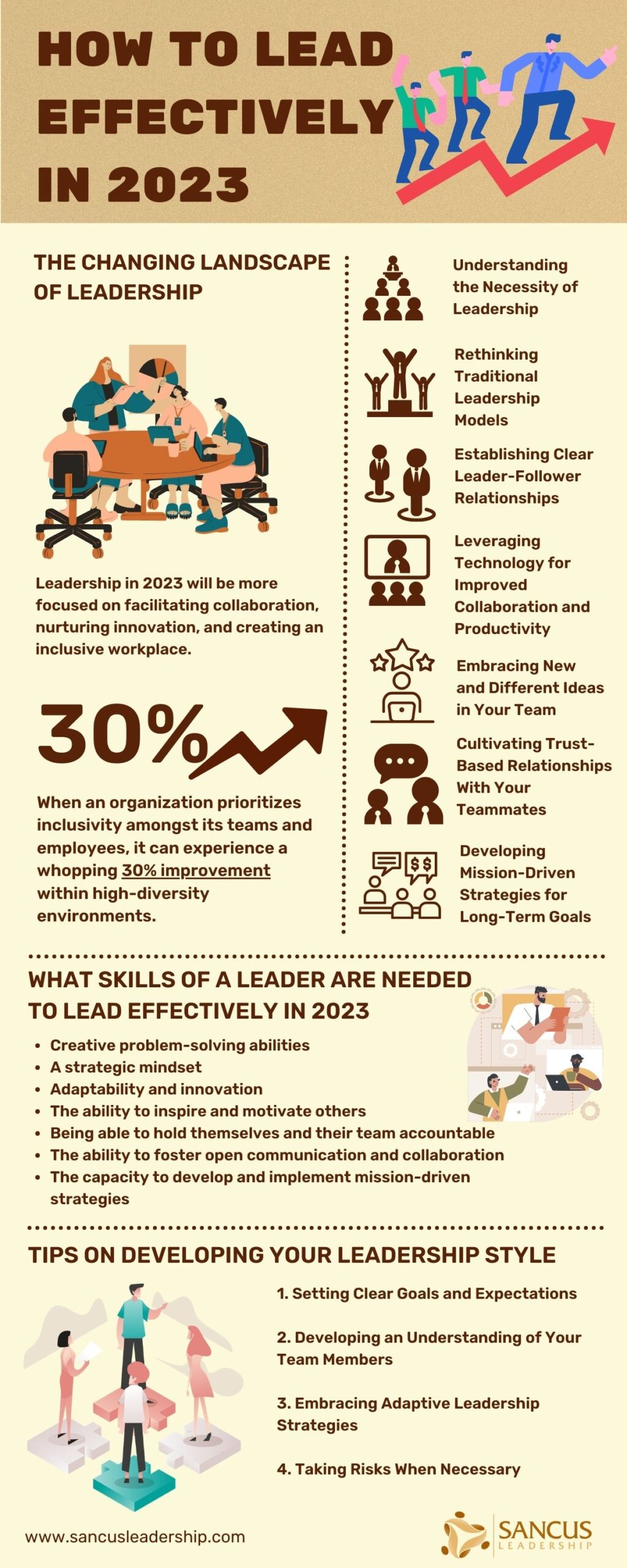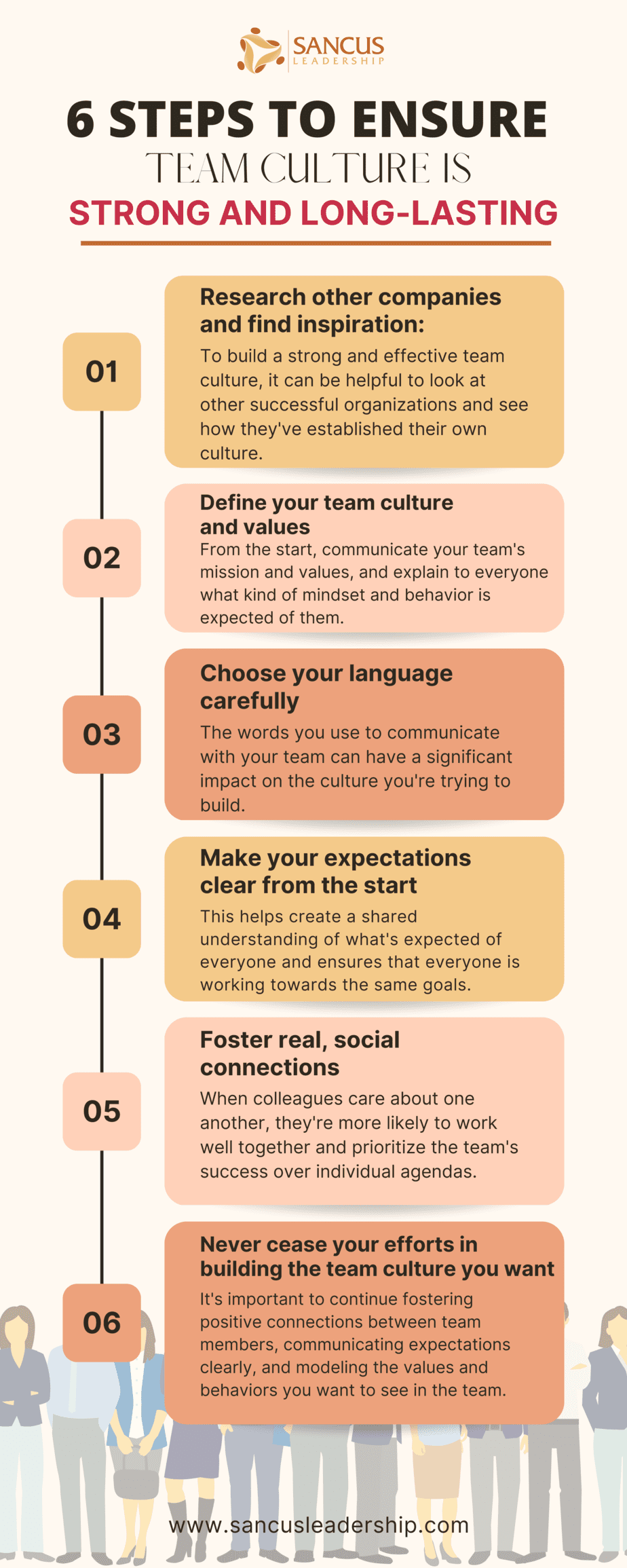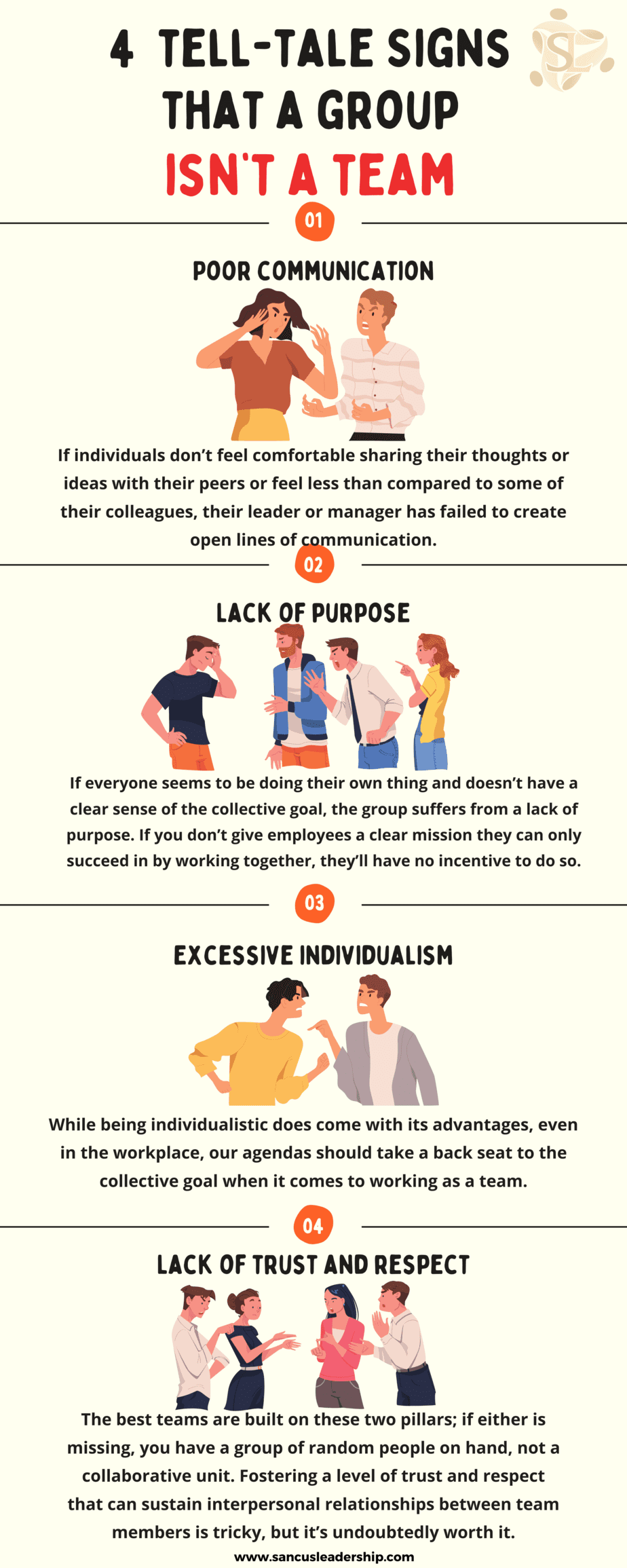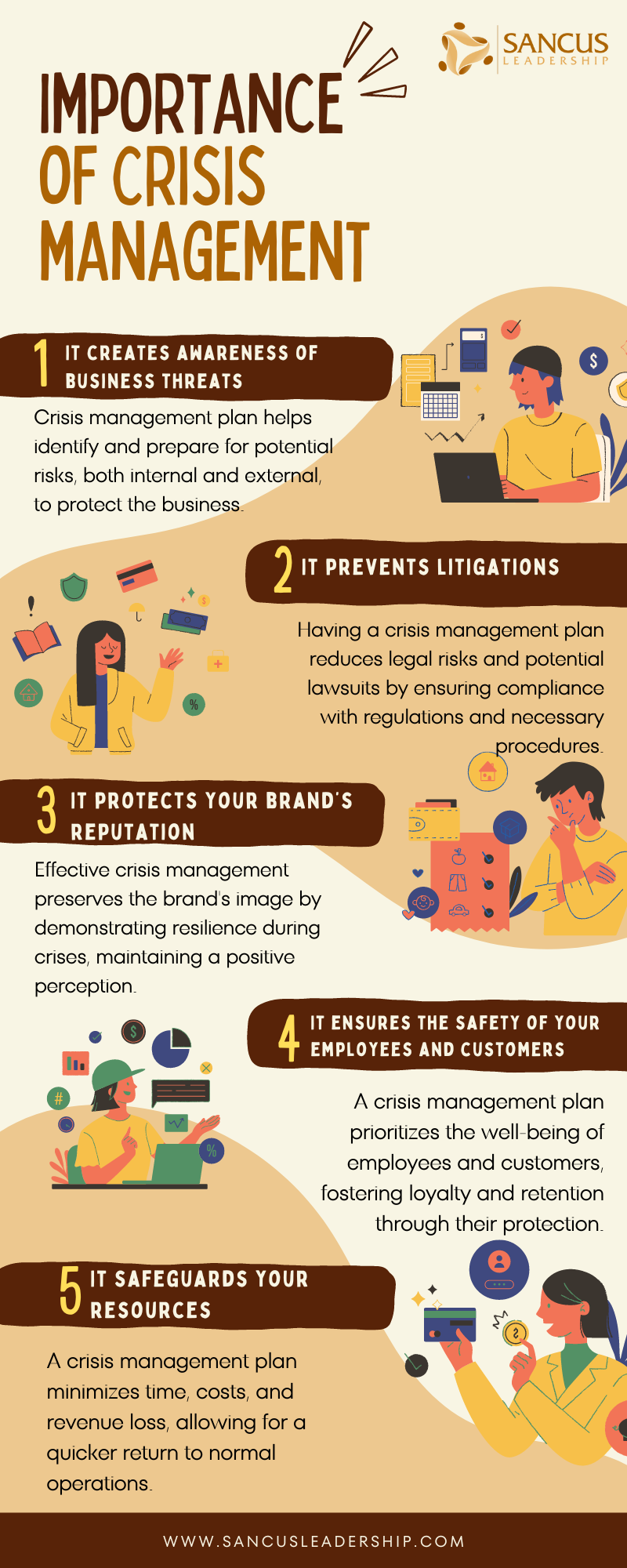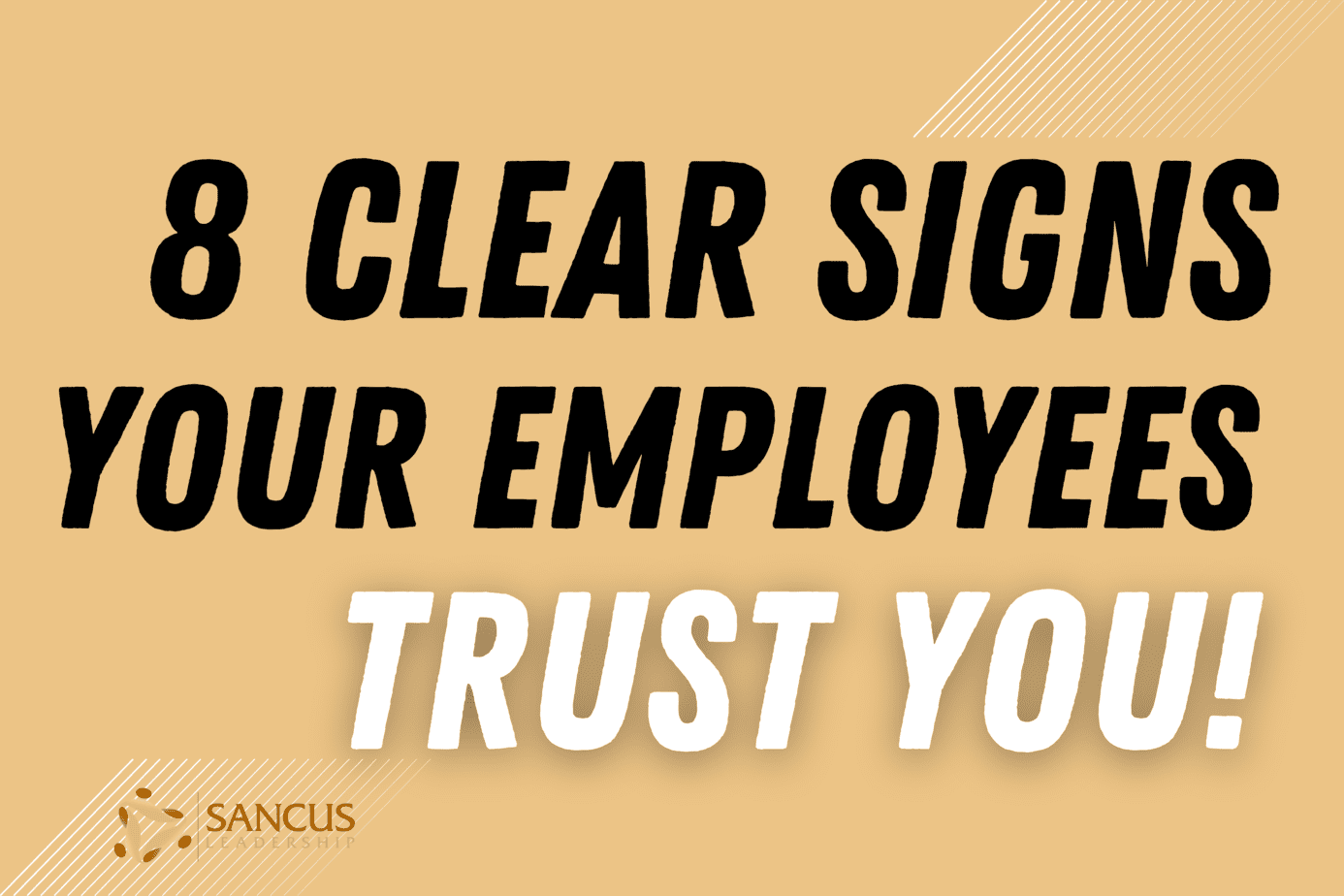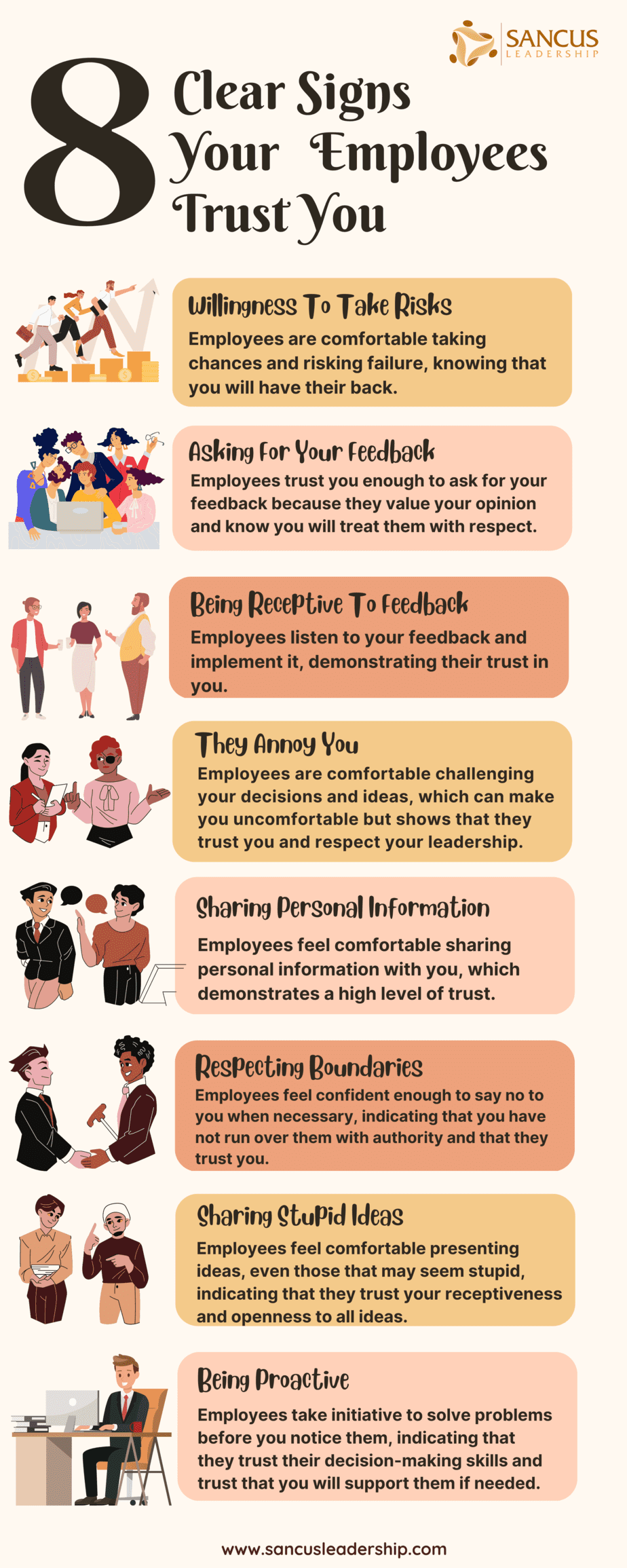Have you ever stopped to consider why some leaders seem to have their act together while others don’t? If you’re a small business leader, understanding the concepts of self-awareness and self-management can be crucial for building a successful team.
Self-awareness involves understanding and recognizing your emotions, thoughts, and behaviors, while self-management consists of the ability to control emotions and actions to achieve goals. Both are important for effective leadership but serve different purposes.
So, what does this all mean for small business leaders? In this guide, I’ll delve into how self-awareness and self-management can impact your leadership style and team-building efforts. I’ll also reveal some essential tips to help you cultivate these traits in yourself and your team members.
The Importance of Self-Management for Leaders
We have all met leaders who tend to constantly act out of emotion; today, marketing is the most important thing in the world, and tomorrow it’s taking care of employees. These leaders are hard to follow since they are unpredictable in their behavior.
When this happens, teams lose their motivation to work, and their performance decreases since the vision of the future is blurry. Team members don’t know where to put their energy since priorities constantly change.
A much better way to lead is by first learning how to manage yourself. I mean, if you haven’t learned to manage yourself, how could you manage or lead anyone else?
… if you haven’t first learned to manage yourself, how could you manage or lead anyone else?
Self-management is about controlling emotions and actions, which is a crucial skill for leaders. When you can manage yourself effectively, you’re better able to lead and motivate your team.
Here are three of the seven proven effects of self-management:
- Improved decision-making: When you’re able to control your emotions, you’re better able to think clearly and make sound decisions. This can be particularly important in high-stress situations where quick thinking is vital.
- Enhanced communication: Managing your emotions can help you communicate more effectively with your team. Being able to remain calm and level-headed can create a positive and productive work environment.
- Greater adaptability: Self-management also allows you to be more adaptable and open to new ideas and approaches, which can help you navigate changing circumstances and create creative solutions to problems.
How Do You Develop Self-Awareness?
Self-awareness is a crucial foundation for effective leadership and allows you to understand your emotions and reactions. This will enable you to communicate and connect with your team members and make more informed decisions:
Here are some tips for developing self-awareness:
- Reflect on your experiences: Take time to think about the situations you’ve encountered and your choices. Meditate on the things that worked and how you could have acted differently. This will help you better understand your thought processes and behaviors.
- Seek feedback: Try to get feedback from your team members, mentors, friends, and family. This will give you a more well-rounded perspective on your strengths and areas for improvement.
- Practice mindfulness: Being present in the moment can help you better understand your emotions and reactions as they happen. Try techniques like meditation or journaling to cultivate mindfulness (I have a Google form to handle my journaling, email me and ill send a copy). I use the waking up app by Sam Harris, I have also tried the Headspace app, but I’m not a fan.
Self-Management vs. Self Awareness
Are you struggling to differentiate between self-awareness and self-management? You’re not alone! These concepts are often confused or used interchangeably, but they’re distinct and crucial for effective leadership.
Self-awareness is about understanding and being aware of your emotions, thoughts, and behaviors. It means clearly understanding your strengths, weaknesses, and values and recognizing and understanding how your feelings and behaviors impact yourself and others.
Self-awareness is about understanding and being aware of your emotions, thoughts, and behaviors.
On the other hand, self-management is the ability to control your emotions and actions to achieve your goals. This involves setting and working towards clear objectives, managing your time and resources effectively, and regulating your feelings and reactions to stay on track.
Self-management is the ability to control your emotions and actions to achieve your goals.
But here’s the catch: Self-awareness is often necessary for effective self-management.
With a clear understanding of your emotions and behaviors, it can be easier to control them effectively. That’s why it’s important to cultivate both of these traits in yourself and your team members.
Self-awareness allows you to understand better yourself and your team members, which can improve communication, decision-making, and overall leadership effectiveness.
For example, a self-aware leader can recognize and understand their biases, making them more objective and fair decisions. (The book Thinking Fast and Slow by Daniel Kahneman has helped me tremendously in understanding my biases.)
Self-aware leaders may also better understand and empathize with their team members, which can improve team cohesion and productivity.
On the other hand, self-management allows you to effectively control your emotions and actions, improving your ability to lead and motivate your team. For instance, a self-managed leader can stay calm and focused under pressure, which can help them make quick and effective decisions.
They can also set clear goals and priorities and allocate resources effectively, which can help your team stay organized and focused.
So, don’t let self-awareness and self-management blend together in your mind – they’re both essential qualities for effective leadership and work together to help you understand and regulate your own emotions and actions, as well as those of your team.
You can improve communication, decision-making, and overall leadership effectiveness by cultivating these traits in yourself and your team members – and it’s well worth doing so.
Tips for Cultivating Self-Management
If you’re looking to develop better self-management skills, there are some steps you can take to ensure success. Let’s look at a few tips for cultivating successful self-management.
- Set manageable goals: The best way to focus on self-management is by learning to set effective goals. Start by setting a few short-term objectives that directly lead towards the larger goal you have in mind, and give yourself enough of time to complete them. The key is not to overwhelm yourself with too much at once, while also not wasting the valuable resource of time.
- Break tasks down into chunks: The next step is breaking down any large tasks into small chunks that are easier to tackle one at a time. Creating different lists based on deadlines and priorities can help keep your projects organized, while allowing you to manage your tasks more efficiently without taking too much out of your day or overloading yourself mentally.
- Create a schedule: Prioritizing what needs attention first will make it easier for you to stay focused on task completion without getting sidetracked or forgetting something important along the way (I use and recommend the Eisenhower matrix). Put together a daily and weekly schedule that allows you enough wiggle room for unexpected occurrences and keeps your momentum going. I start my days by answering a few questions in my journal; one question is; what are the three most important tasks I must complete today?
- Take time for recovery: Self-care is an essential aspect of managing yourself effectively. Make sure that part of your schedule involves taking breaks during the day and doing something just for yourself when necessary. Whether taking a walk outside, enjoying a cup of coffee, or simply taking a few moments of quiet time, it’s essential to make room for yourself in your schedule. I use and recommend the 30/10 method.
- Reward yourself for accomplishments: Remember to recognize your progress, no matter how small it may feel compared to bigger goals down the line. These small rewards help keep motivation high while allowing us more appreciation for our efforts, leading to better management overall.
Final Thoughts
Small business leaders must possess self-awareness and self-management. Cultivating these traits in yourself and your team members will help you communicate better, make better decisions, and be a more effective leader.
Although self-awareness and self-management are related, they serve different purposes and should be approached differently. As a leader, you can become more effective and successful if you understand the difference between the two and work on developing them.






